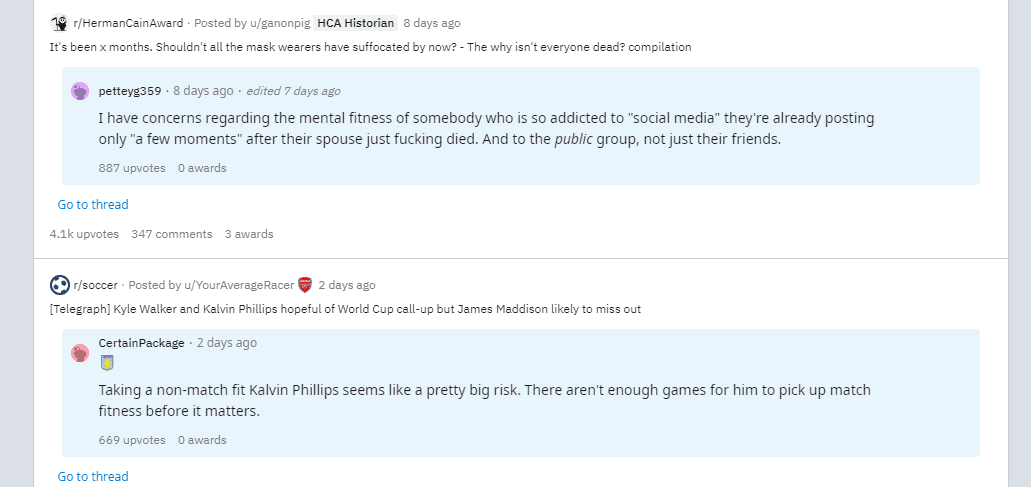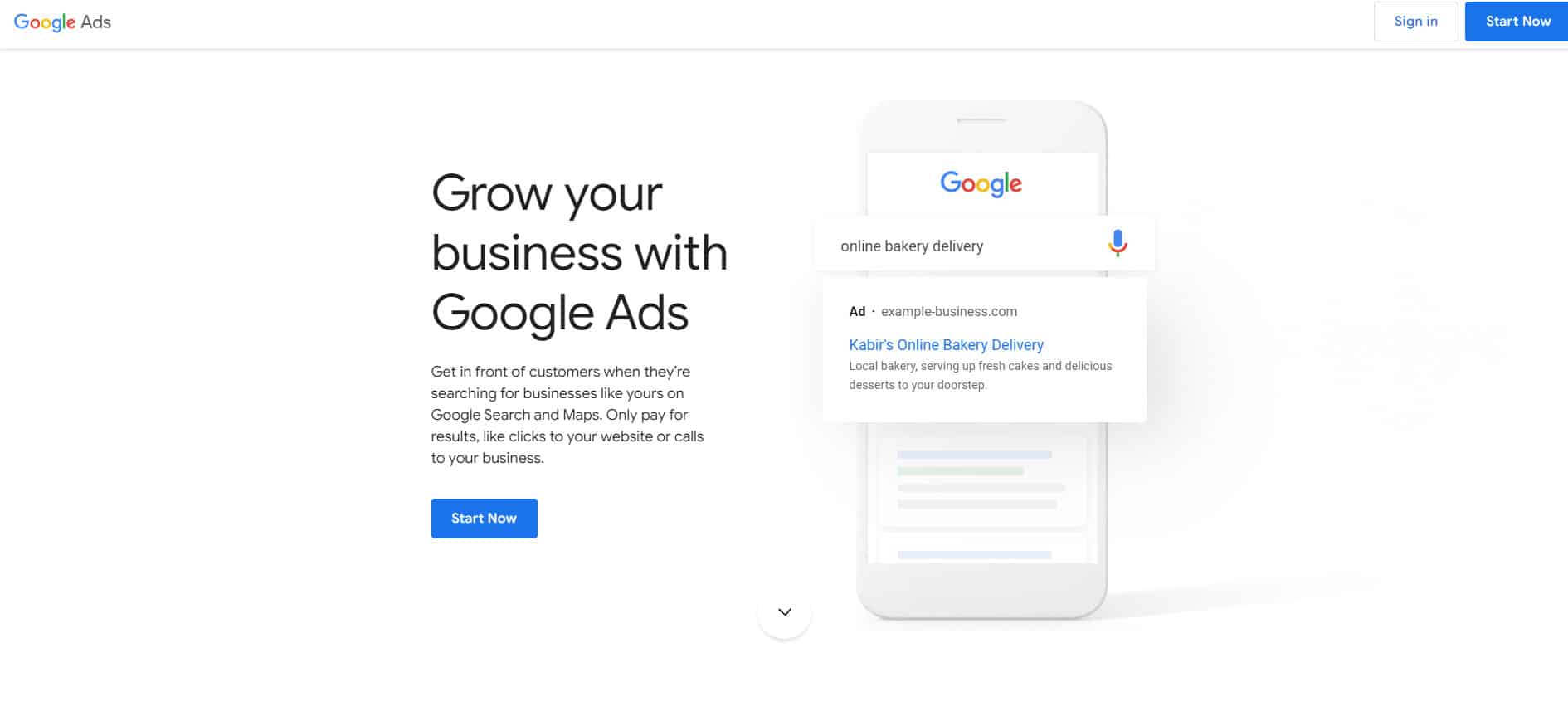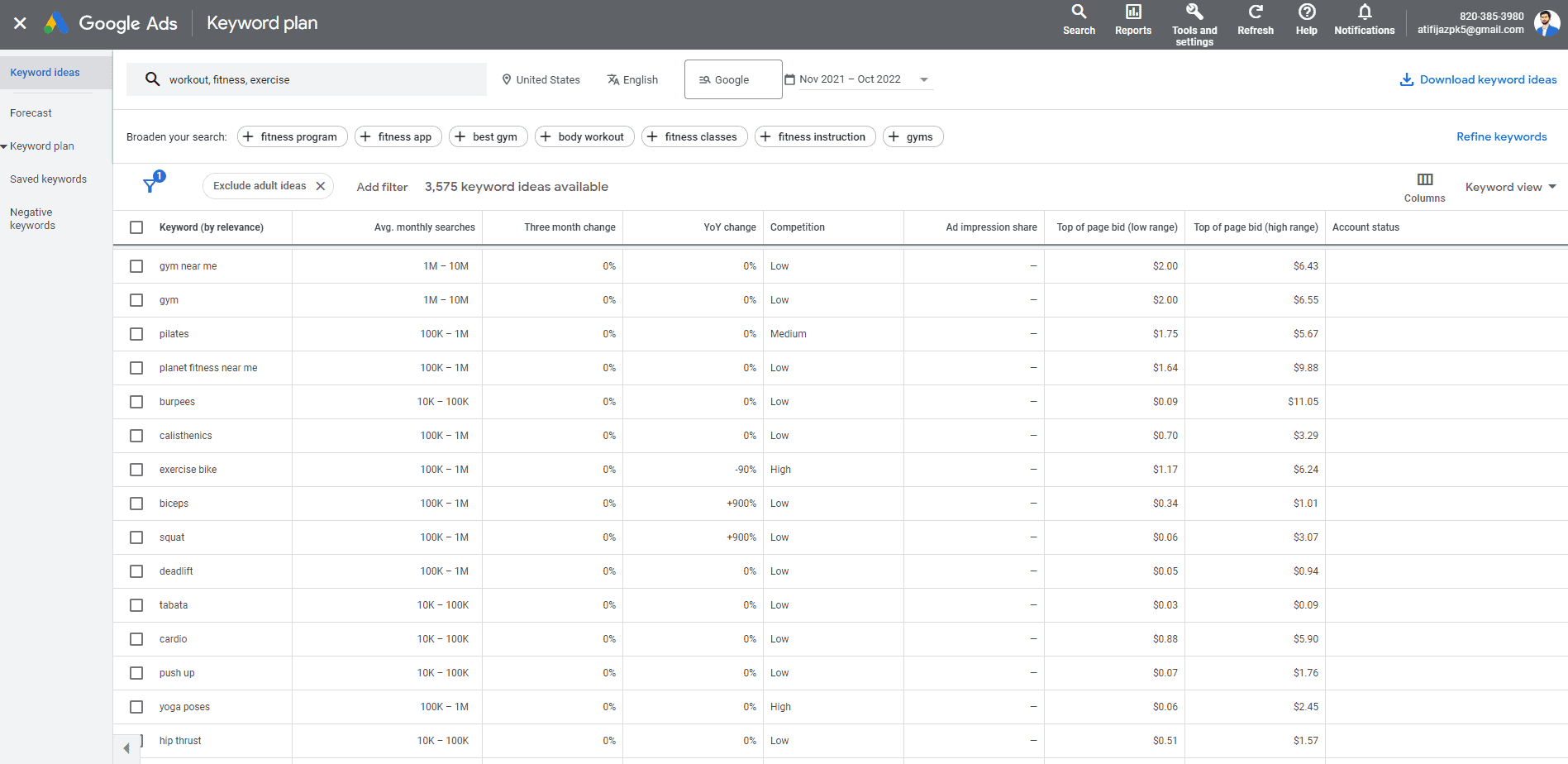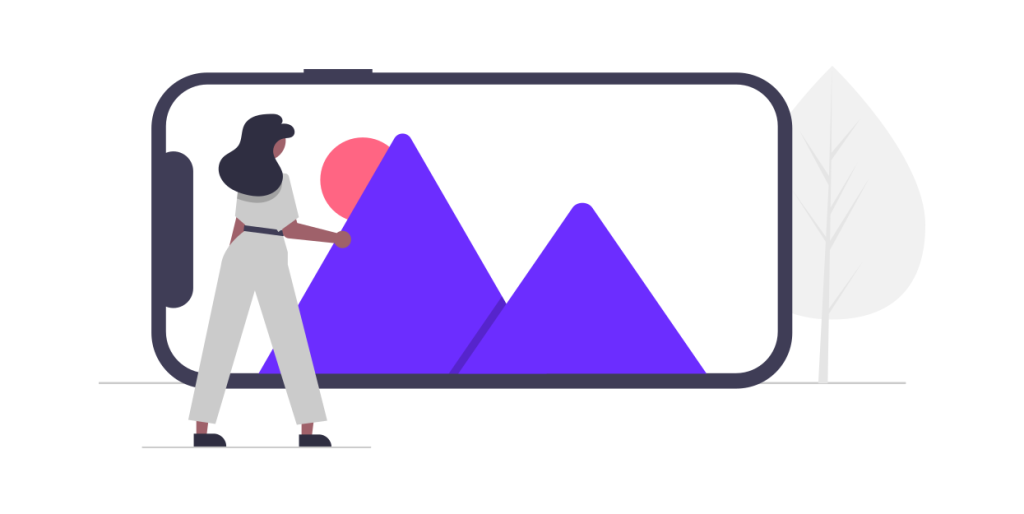Do you want to find and define your niche audience but don’t know where to start? Defining your niche audience is one of the most important steps in finding success with your business. It’s the key to reaching the right people, building a passionate community around your brand, and increasing profits.
Luckily, it’s not as hard as it seems! In this guide, I’ll walk you through everything you need to know about finding and defining your niche audience. You’ll learn how to identify their needs and wants, target them with laser precision, and create content that resonates with them on a deeper level. Follow my guide on how to find and define your niche audience today!
*Disclosure: I only recommend products I would use myself, and all opinions expressed here are my own. This post may contain affiliate links that at no additional cost to you, I may earn a small commission.
What is a niche audience?

A niche audience is a group of people with specific needs, wants, and interests. They’re typically passionate about a particular topic or product. When you target a niche audience, you’re able to speak to them in a way that’s more personal and relevant. This leads to increased engagement, loyalty, and conversions.
Why is it important to target a niche audience?
There are several benefits to targeting a niche audience:
- You’re able to reach the right people: When you target a niche audience, you’re able to reach the people who are most likely to be interested in your product or service. This increases the chances of making a sale and builds long-term customers.
- You can build a passionate community around your brand: Niche audiences are typically passionate about their interests. When you target them, you’re able to build a community of loyal customers who are invested in your brand.
- You could increase profits: Because you’re able to reach the right people and build a passionate community, you’re more likely to see an increase in profits.
- You can create content that resonates: When you know your niche audience inside and out, you’re able to create content that resonates with them on a deeper level. This leads to increased engagement and conversions.
- You could stand out from the competition more easily: When you focus on a niche audience, you’re able to differentiate yourself from the competition. This gives you a competitive edge and helps you attract more customers.
How to look for your niche audience?

Now that you know the importance of targeting a niche audience, it’s time to learn what to look for when finding yours. Here’s a step-by-step guide on how to find your niche audience:
The first step to finding your niche audience is to identify their needs and wants. What are they looking for? What are their pain points? When you understand their needs and wants, you’re able to create content and solutions that address them.
The best way to identify the needs and wants of your niche audience is to research them. Use Reddit, Twitter, and Google to find forums and discussions about their interests. You can also use surveys and polls to gather data about their needs and wants.
Step #1. Head to Reddit and search for forums and discussions about your niche. For example, if you’re in the fitness niche, you would search for “fitness” on Reddit.

Step #2. Once you find a relevant subreddit, take a look at the most popular posts. What topics are people talking about? What are their pain points? Make a list of the needs and wants of your niche audience.

Another easy trick that will help you find your audience’s needs is Answer The Public. You just need to enter your query, and you’ll find hundreds of related questions.

I suggest you also check these other articles for further background:
- Complete guide to niche research.
- Niche Trends. What are they, and how to identify them.
- Niche competitor research.
Now that you know the needs and wants of your niche audience, it’s time to target them with laser precision. The best way to do this is to create buyer personas. A buyer persona is a semi-fictional character that represents your ideal customer. When creating a buyer persona, you’ll want to include information such as:
- Demographics: age, gender, location, job title, etc.
- Psychographics: interests, needs, wants, pain points, etc.
You can use the free buyer persona generator from Hubspot to create yours. Once you have a few buyer personas created, you’ll be able to target your niche audience with laser precision.
What words do they use to describe their interests? What slang do they use? When you use the same language as your niche audience, you’re able to connect with them on a deeper level. This leads to increased engagement and conversions.
The best way to find the language of your niche audience is to research them. For instance, you can use Google AdWords Keyword Planner to find the most popular keywords and phrases related to your niche. To get started, follow these simple steps:
Step #1. Go to Google AdWords Keyword Planner and create a free account.

Step #2. Once you’re logged in, click on “Tools” and then “Keyword Planner.”

Step #3. Enter a few seed keywords related to your niche. For example, if you’re in the fitness niche, you would enter “fitness,” “workout,” and “exercise.”

Step #4. Google will now generate a list of related keywords and phrases. Make a note of the most popular keywords and phrases. These are the words and phrases you’ll want to use when creating content for your niche audience.
Optionally, I suggest you check these SEO services since you’ll need one anyone sooner or later:
- 10 Best SEMrush Alternatives in 2022 To Boost Your SEO on a Budget.
- 10 Best AI SEO Software To Quickly Improve Your Rankings (2022)
- SE Ranking Review 2022: Pros, Cons, Pricing, and Alternatives.
What websites do they visit? What social media platforms do they use? When you know where your niche audience hangs out, you’re able to reach them more effectively. To find out where your niche audience hangs out, you can use tools like SEMrush.
SEMrush is a tool that allows you to see the traffic data of any website. This includes data on where the traffic is coming from, what keywords they’re using, and more. To get started with Semrush, follow these simple steps:
Step #1. Go to SEMrush and create a free account.

Step #2. Once you’re logged in, enter the URL of a website related to your niche. For example, if you’re in the fitness niche, you would enter the URL of a popular fitness website.

Step #3. SEMrush will now generate a report on the website’s traffic. Scroll down to the “Traffic Analytics” section and take a look at the “Referring Sites” section. This will give you a list of websites that are sending traffic to the website you entered.

Step #4. Make a note of the websites that are sending the most traffic. These are the websites where your niche audience hangs out.
The final step to finding your niche audience is to connect with them on a personal level. What are their interests? What are their values? When you know the answers to these questions, you’re able to connect with them on a deeper level. This leads to increased engagement and conversions.
The most powerful way to connect with your target market is by creating content that speaks to them on a personal level. If you’re in the fitness niche, you could create content about health and wellness. If you’re in the parenting niche, you could create content about parenting hacks or tips for new parents.
When you provide value to your niche audience, you’re able to connect with them on a personal level which normally results in a conversion increase.
Now that you know how to find your niche audience, it’s time to put these steps into action. By following these simple steps, you’ll be able to find your niche audience and connect with them on a deeper level.
How to target a niche audience?

The best approach depends on the products or services you offer, your business goals, and who your ideal customers are. That said, there are some tried and true methods for finding and targeting a niche audience. Follow these steps to get started.
What are the unique selling points of your product or service? What needs does it address? Who is it most likely to appeal to? Do some market research to find out if there’s a demand for what you’re offering.
To get started, follow these simple steps:
Step #1. Make a list of your product’s features.
Include everything that makes your product or service unique. Suppose you’re selling a natural skincare line. Your products might be vegan, cruelty-free, and made with organic ingredients.
Step #2. Identify the benefits of your product.
For each feature on your list, identify the benefit it offers customers. In our example, the benefits might be that your products are gentle on the skin, effective, and good for the environment.
Step #3. Research your target market.
Now that you know who your target market is, you can start to research them. Look for demographic information like age, gender, location, and income level. You can also research their lifestyle choices, such as whether they’re health-conscious or environmentally conscious.
Now that you know who your target market is, you can start to develop a niche marketing strategy. Begin by thinking about the channels where your target market spends time. Then, create content that speaks to their needs and interests.
Some channels to consider include:
- Blogs: If your target market is reading blogs, consider starting a blog of your own. You can use it to share information about your product or service, as well as helpful tips and resources.
- Social media: Social media platforms are a great way to connect with potential customers. Use them to share your content, engage in conversations, and build relationships.
- Paid advertising: Paid advertising allows you to reach a larger audience with your message. However, it can be expensive, so be sure to do your research before investing in this option.
I also suggest you check How to Nail Your Niche With Lead Generation.
Once you’ve implemented your marketing strategy, it’s time to start testing and measuring your results. Use analytics tools to track the number of website visitors, leads, and customers you’re getting. This will help you determine whether your marketing efforts are successful.
You should also ask your customers for feedback. Find out what they like and don’t like about your product or service. This information can be used to improve your offering and better meet the needs of your target market.
As you test and measure your results, you may find that certain aspects of your marketing strategy are more successful than others. Make adjustments as needed to maximize your results. For example, if you’re not getting much traction on social media, you may want to focus your efforts elsewhere.
By following these steps, you can learn how to target a niche audience and make the most of your marketing efforts. Remember to keep track of your results so you can fine-tune your strategy as needed. With a little effort, you’ll be able to reach your target market and grow your business.
Finding your niche audience: Conclusion.
Defining and targeting a niche audience is an important step for any business. By taking the time to understand your target audience, you can create marketing materials that appeal to them and attract new customers.
When it comes to marketing, there’s no one-size-fits-all approach. You’ll need to experiment and find what works best for you and your business. But if you take the time to define your niche audience, you’ll be well on your way to success.
FAQs.

RELATED CONTENT




